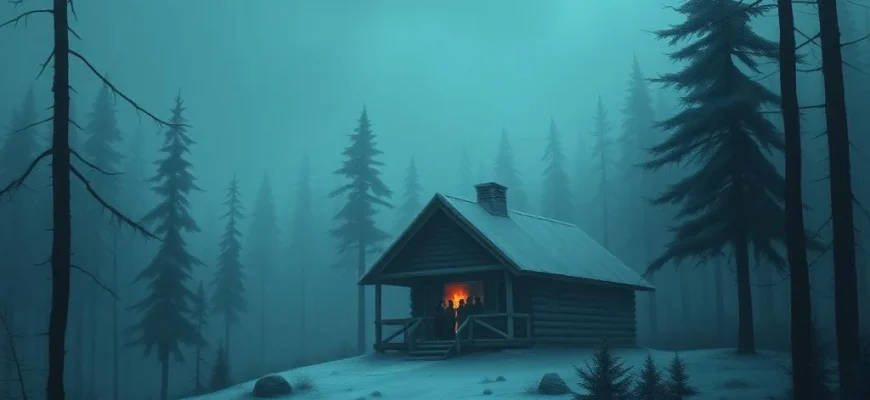If you loved the gruesome thrills of Cabin Fever (2003), you're in for a treat. This article explores 10 similarly chilling movies and shows that deliver the same mix of horror, isolation, and visceral terror. Whether you're a fan of body horror, survival nightmares, or infectious chaos, these picks will keep you on the edge of your seat.
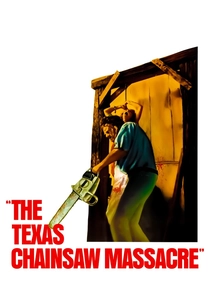
The Texas Chain Saw Massacre (1974)
Description: A gritty, low-budget horror film that focuses on a group of young people terrorized by a family of cannibals in an isolated rural setting. The raw, unsettling atmosphere and graphic violence create a sense of relentless dread.
Fact: The film was marketed as based on true events to heighten its terror, though it was only loosely inspired by serial killer Ed Gein. It was shot in sweltering Texas heat, adding to the actors' genuine discomfort.
 Watch Now
Watch Now 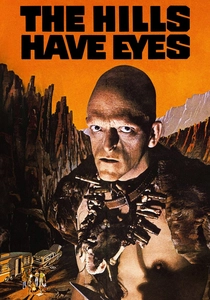
The Hills Have Eyes (1977)
Description: A family becomes stranded in the desert and is hunted by a group of savage mutants. The film explores themes of survival, isolation, and the breakdown of civilization, with intense, visceral horror.
Fact: The movie was inspired by the legend of Sawney Bean, a Scottish cannibal. Director Wes Craven used the film to critique American society's treatment of outsiders.
 Watch Now
Watch Now 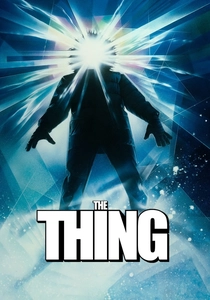
The Thing (1982)
Description: A group of researchers in Antarctica battle a shape-shifting alien that assimilates and imitates its victims. The film's paranoia, grotesque practical effects, and isolated setting create a masterpiece of body horror.
Fact: The film was initially a box office flop but later gained cult status. The creature effects were so realistic they reportedly made crew members vomit during filming.
 Watch Now
Watch Now 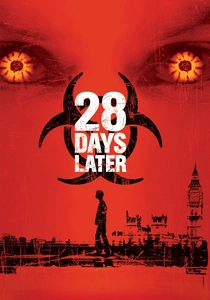
28 Days Later (2002)
Description: A man awakens from a coma to find London deserted and overrun by rage-infected humans. The film's fast-paced zombies and apocalyptic tone redefine the genre with gritty realism.
Fact: The movie was shot on early digital cameras, giving it a distinctive, raw look. The iconic empty London scenes were filmed at dawn with police permission to briefly halt traffic.
 Watch Now
Watch Now 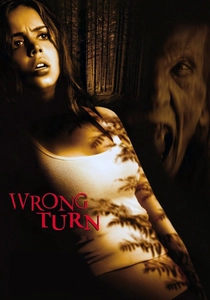
Wrong Turn (2003)
Description: A group of friends stranded in the wilderness face off against inbred, cannibalistic mountain men. The film delivers brutal, unrelenting violence and a claustrophobic sense of being hunted.
Fact: The mutants' designs were inspired by real medical conditions. The film spawned a franchise with multiple sequels and a 2021 reboot.
 Watch Now
Watch Now 
Saw (2004)
Description: A psychological horror-thriller where victims are forced into brutal traps to test their will to live. The film's graphic violence and moral dilemmas create a deeply unsettling experience.
Fact: The movie was shot in just 18 days on a minimal budget. The iconic puppet Billy was voiced by co-writer Leigh Whannell.
 Watch Now
Watch Now 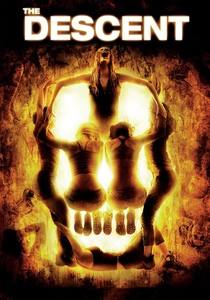
The Descent (2005)
Description: A group of women on a caving expedition encounter monstrous humanoid creatures. The film combines psychological terror with extreme gore, set in a dark, confined environment that amplifies fear.
Fact: The all-female cast was a deliberate choice to subvert horror tropes. The claustrophobic cave scenes were filmed in actual tight spaces to heighten realism.
 Watch Now
Watch Now 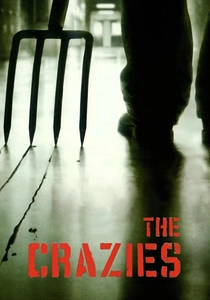
The Crazies (2010)
Description: A small town descends into chaos after a mysterious toxin turns residents into violent, psychotic killers. The film explores societal collapse and paranoia with intense, bloody sequences.
Fact: It's a remake of George A. Romero's 1973 film of the same name. The movie was shot in Georgia, standing in for the fictional town of Ogden Marsh, Iowa.
 Watch Now
Watch Now 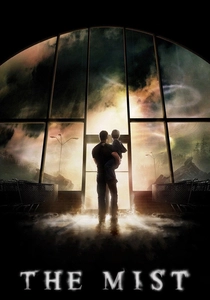
The Mist (2007)
Description: Survivors trapped in a supermarket face otherworldly creatures and escalating human conflict. The film blends monster horror with a bleak examination of human nature under pressure.
Fact: The movie features one of the most shocking endings in horror history. Stephen King praised the film's conclusion as even darker than his original story.
 Watch Now
Watch Now 
The Ruins (2008)
Description: A group of tourists stumble upon an ancient Mayan ruin inhabited by a malevolent force. The film blends body horror with psychological terror as the characters face a slow, gruesome demise.
Fact: The vines in the film were inspired by real carnivorous plants. The movie's ending differs significantly from the novel it's based on.
 Watch Now
Watch Now 
